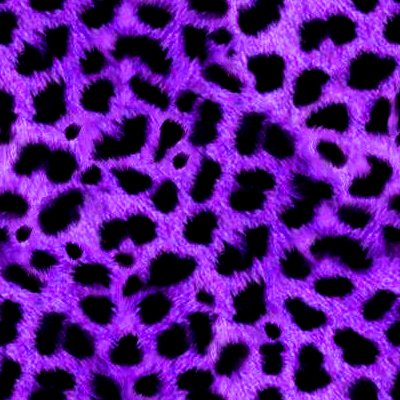“massaging tartrazine solution into hairless mouse skin over the course of a few minutes or using microneedling achieves “complete optical transparency in the red region of the visible spectrum”
I know it didn’t happen this way but I like to believe it was someone having their unwashed dorito fingers after lunch, decided to massage a mouse for several minutes, and figuring this out
Smoke some, eat snacks and try using real mouse with your laptop.
Sounds like a masturbation injury if I’ve ever heard of one, the mouse is clearly a cover
deleted by creator
That doesn’t sound like someone we should be putting in our bodies that does it?
Yellow 5 is super common (in the US) for things that go inside our bodies. Doritos, Mt Dew, probably Red Bull. When we were kids there was a rumor that it would shrink your dick haha.
Read the ingredients on stuff the next few days and take note of how often you see it. It’s probably why they chose it as one of the test substances. It’s relatively safe to eat.
What is unknown is how dangerous it is to absorb large amounts into someone’s skin.
It’s like the illegal weed vape pen issue years ago. People would cut the product with vitamin e to thicken it and also make more money. Vitamin E is safe for human consumption. Turns out its vapor is terrible for lungs. It’s quite unsafe for that kind of consumption.
Highly recommend anyone reading check out an app called Yuka. You scan barcodes and it’ll give you a score of the ingredients and why things are rated the way they are. Not always 100%, but better than trying to just figure out if carboxymethylcellulose is safe, (it is) let alone pronouncable.
But the real question is… How do they taste?
The mice or the domino’s?
How the fuck can anyone say science sucks
Doritos stock about to explode
Because doing science sometimes DOES suck. I bang my head on my desk doing science sometimes, and I dislike it.
Do different science. I felt like that for so long working on potentially unsolvable problems. Now I work on very difficult, but solvable problems that save lives.
So, I skimmed the article and may have missed it. Why is this anything more that tinkering with and (maybe torturing) mice? What’s the actual scientific value here? (Assuming invisibility potion wasn’t an actual goal)
Perhaps medical dyes for imaging?
What do you mean? To make people invisible bro.
What’s the actual scientific value here?
Transparent mice with multiple butts

They applied a yellow, food-safe dye to the skin of the mice and found it caused light to refract in such a way that their skin became significantly more transparent. An article I read (I did not read this one) listed some potential uses like making veins visible for blood draws and more precise tattoo removal. The dye washed off afterwards.
us food safety gore
So like, this is a positive right
All I read was, East more Doritos to become invisible…
Some of us can’t be trusted with such power. I would personally use invisibility to switch items in people’s coat pockets. Keys always in the left? Well now they’re in the right pocket!
Total anarchy.
Go around crossing all lowercase Ls into Ts. Or add serif and turn them into uppercase i.
If someone left their PC unattended, I’d quickly change all fonts to Comic Sans.








